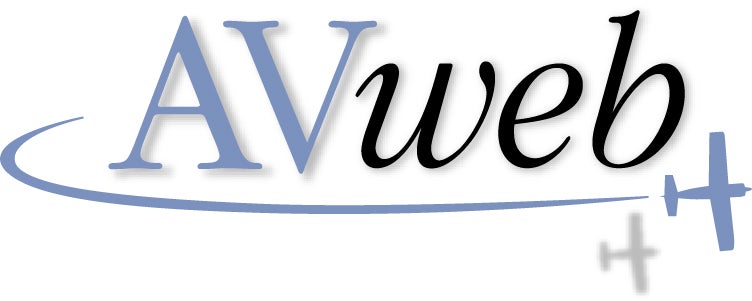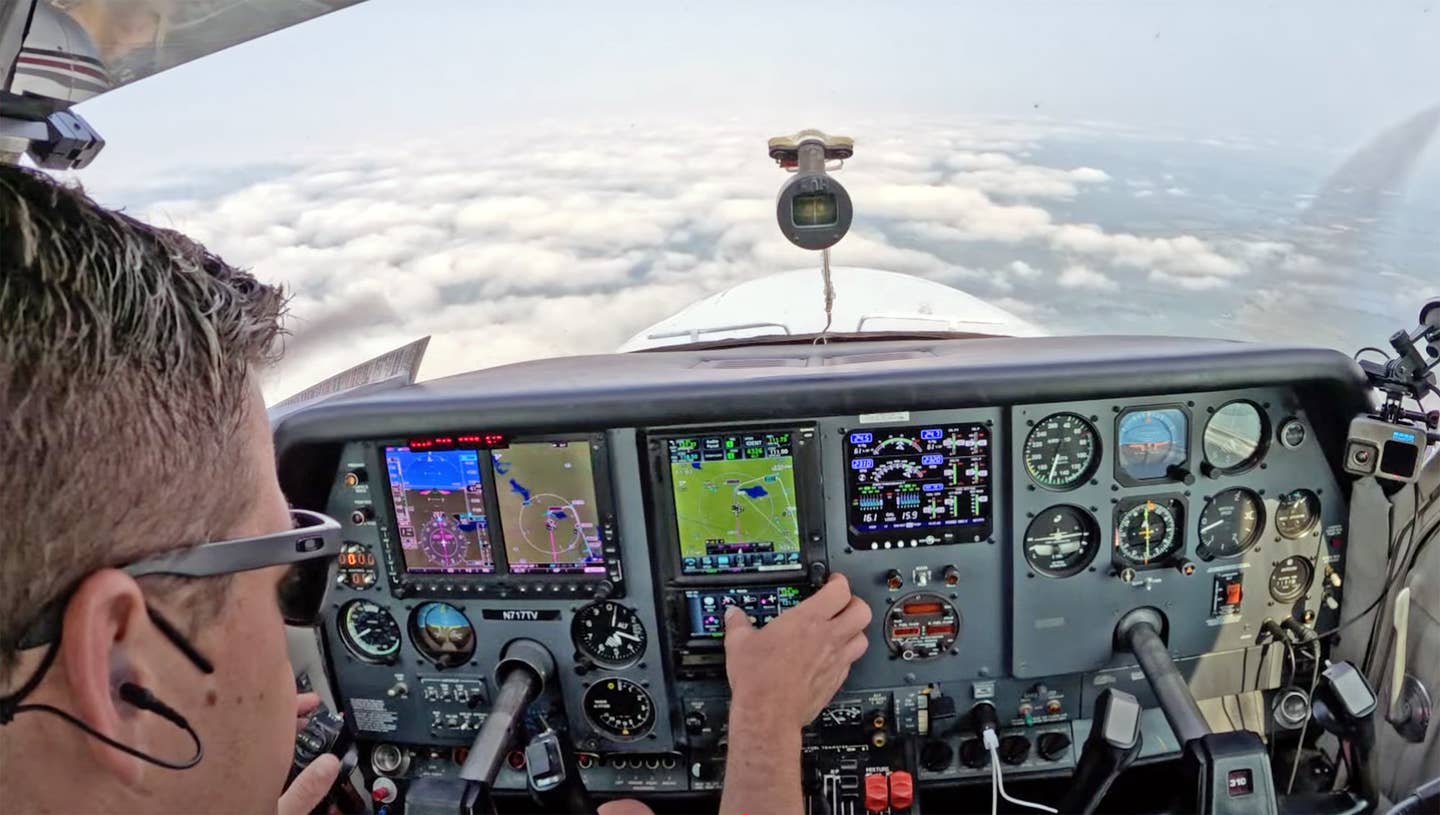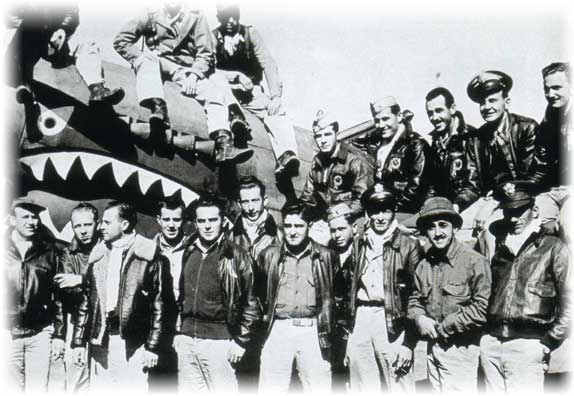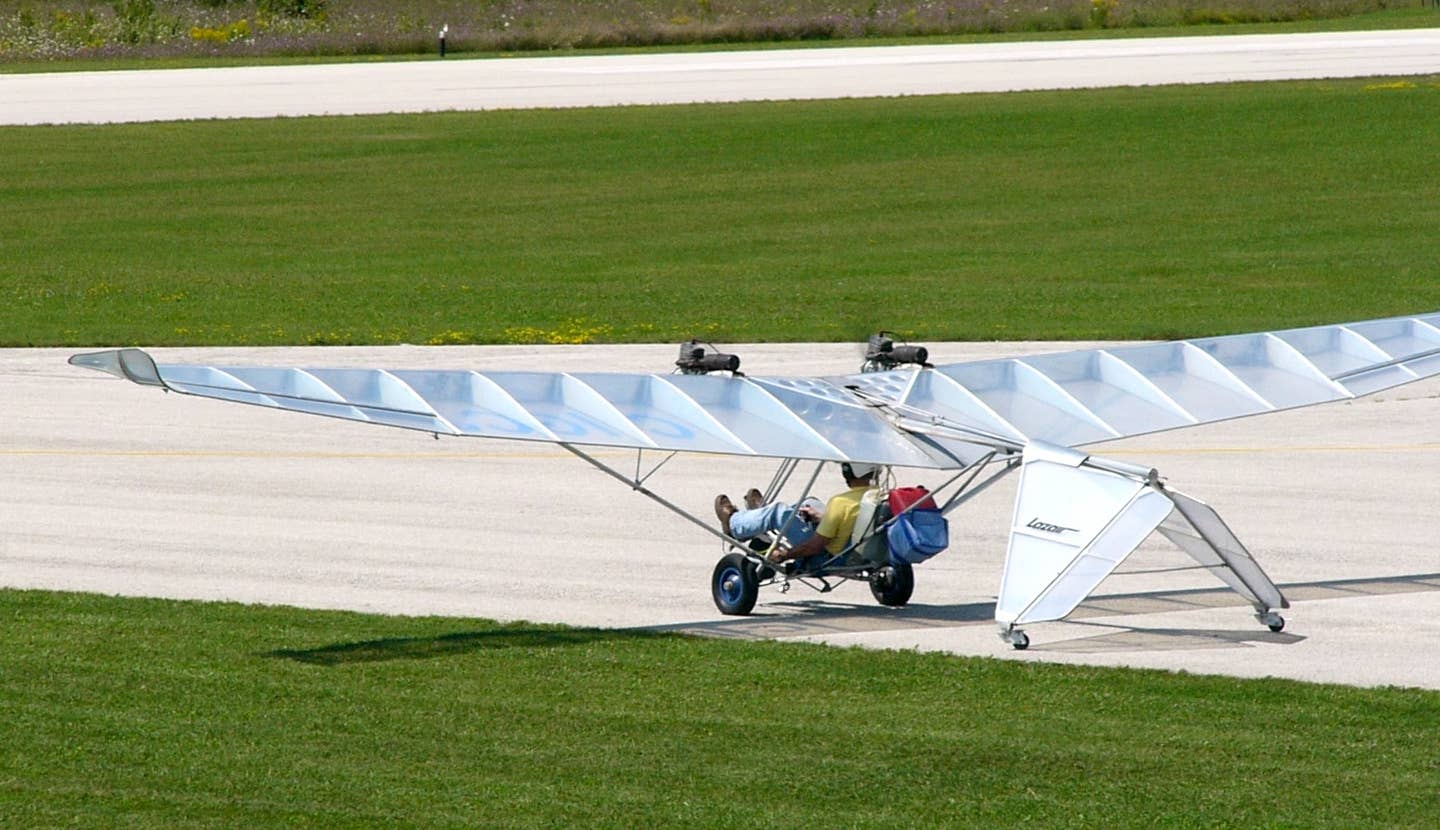Back in the Saddle Again
After a hiatus from the left seat, how can you get back into your groove? Flying something that’s not typical for you might help.
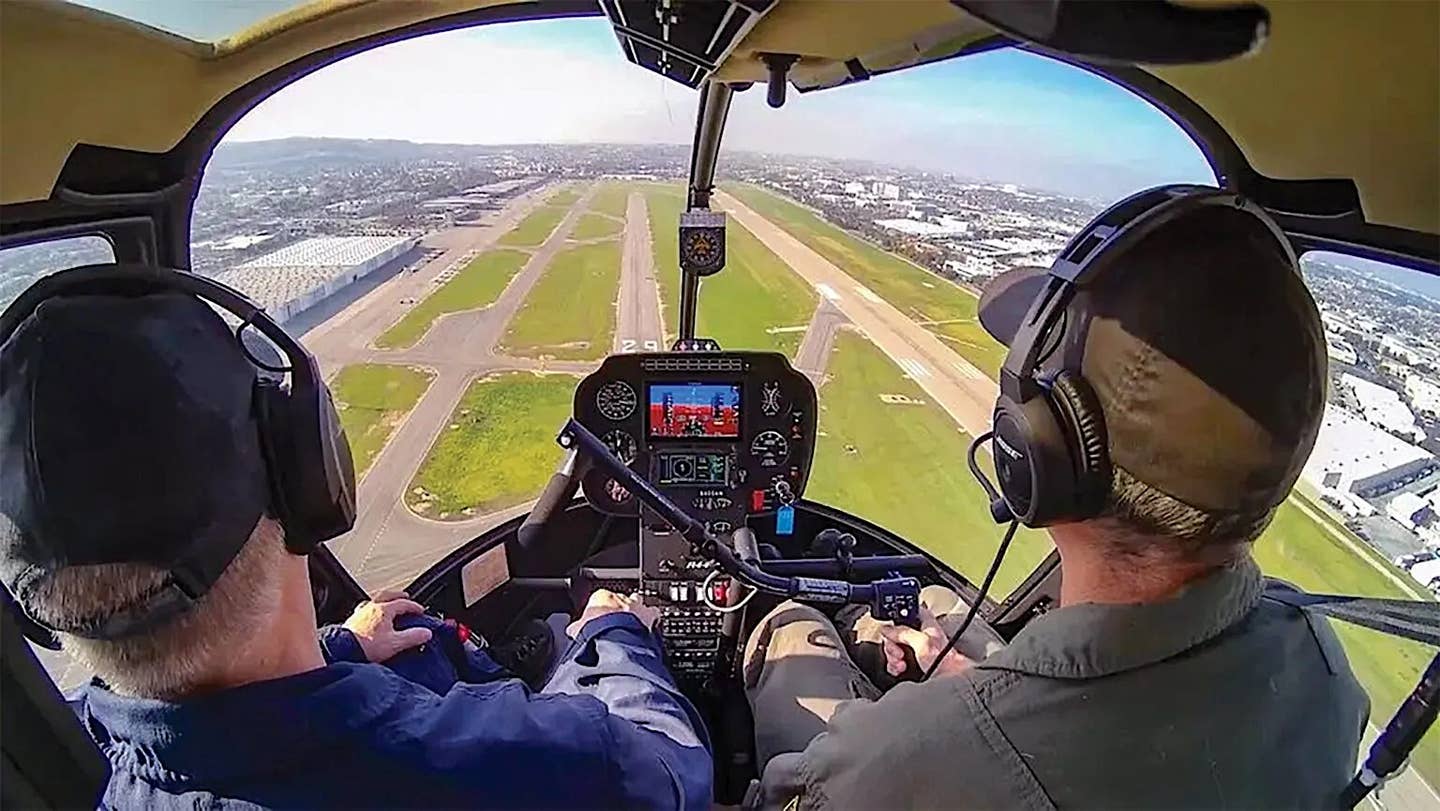
Credit: Robinson Helicopter Company
The instructor looked at me out of the corner of her eye and said, “Okay, you try the cyclic, I’ve got the collective and the pedals.” I hadn’t flown a helicopter for almost 10 years, and I really didn’t know how much I remembered.
We went through the usual three-step exchange of flight controls. “You have the cyclic.” “I have the cyclic.” “You have the cyclic.” Positive exchange of controls is important in every aircraft.
The cyclic is the helicopter control most like an airplane’s yoke. Fore-and-aft appear to raise and lower the nose, left-and-right appear to change the bank angle. There’s more to it than that, but that’s what the eyes see.
Straight-and-level, then, was pretty easy. I had to relearn the sight picture, like learning a new airplane. Put the compass on the horizon and the airspeed stays the same. Shallow turns went well, except for remembering to not use pedals because there is no adverse yaw. (See “Using The Rudder” in November’s Aviation Safety.)
“Good. Now you try all the controls.” Three-step exchange, again. The pedals still control yaw, although not with a rudder. The collective is where things get more complicated. It controls the pitch of the rotor blades. Raising it increases the angle of attack of the rotor blades, so it’s more like pulling back on an airplane yoke. As usual, raising angle of attack requires more power. In the Robinson helicopters, a governor adjusts the throttle for you.
The feel was beginning to come back.
After a few maneuvers, including an off-airport landing, it was time to go back to the airport. The CFI picked out one of their usual hover practice spots and said, “Okay, let’s see if you remember how to hover.”
I did not. I mean, in principle I remembered, but in reality it took a few minutes of sloppy flying to get things under control. It wasn’t perfect, but it was good enough for her to let me hover-taxi to the parking spot and set the ship down.
As we were hover-taxiing, she pointed out a departing helicopter and asked if I knew what type it was: she didn’t recognize it. I watched it for a bit. I knew what it was; I had actually been a passenger in one. It was a—it was a...it was a—my brain was too loaded to find the answer.
Back in the Saddle
If you fly long enough you will get the opportunity to fly something that you haven’t flown for a long time. It’s one thing if it’s a Cessna 150—for pilots my age, that’s like slipping into a pair of comfortable old shoes. Something more complicated can be like dancing backward in high heels.
Disclosure: I am not helicopter-rated. I have about 20 hours of rotor time from a decade ago. I was close to soloing but that hasn’t happened.
One thing a pilot can count on is that it is impossible to pick up where you were years ago. I’ve seen this with fixed-wing students who have not flown at all in a long time. A rule of thumb is to plan on one hour of flight instruction, plus the necessary ground training, for each year away from the cockpit. I’ve had a few pilots get proficient in less, but some took more dual than the rule of thumb predicts. One pilot never succeeded in getting it back.
A CFI certificate doesn’t exempt you from this. Recent experience in something else can make a big difference. With the R-22, my previous flight had been within the week, which is probably why my minimal proficiency came back faster.
Getting Ready
How can a pilot get ready for something old but no longer all that familiar? It’s not much different from getting ready for something new.
If this is a checkout, don’t let the FBO owner look at your logbook and say, “Twenty-five hours in type? Here’s the keys.” If they have the airplane, they have an instructor familiar with it and may even have a checkout syllabus. Use those resources.
But what if it’s a self-checkout? The first step is the Pilot’s Operating Handbook, or POH, if there is one. Some older aircraft may not have one. My 1946 Taylorcraft BC-12D had one page of “operating instructions,” which checks one of the boxes on the AROW requirement, but really the only thing I needed to know was 55, the airspeed for almost everything.
If flying something you’ve flown before, you probably have a POH available. Looking around my study I see POHs for the Piper Apache (last flown six years ago), Beech King Air B200 (last flown four years ago) and Mooney M20C (last flown 12 years ago). I’m pretty sure that my storage unit has POHs for Cessna 210s (10 years), Cessna 414s (eight years), Piper Archer (last flown last month) and a bunch of others.
An entire POH is a lot to tackle, especially in one sitting, so set some priorities. Review normal operations, but don’t just read them: sit with the checklists and do the motions. This is better in the aircraft, but any chair will do. Where is the landing gear handle? Where are the gear-position indicators, and what do they mean? Where is the flap handle? Where is the flap position indicator? Practice the eye motions as well as the hand and foot motions.
With the R-22, I dug up an old picture of a beach landing that showed most of the panel. That reminded me where to look, and of a very nice flight.
The next place in the POH to look at is emergency procedures. For single-engine airplanes, that mostly means glide performance. I glance at the best glide speed but prefer to find the best glide attitude. Setting best glide attitude can be done with eyes outside the cockpit—which helps in deciding which potential landing spot to aim for—and it avoids chasing the airspeed. It’s okay to be a little fast, but very bad to be a little slow. I also like to know the glide ratio, which can be inferred from the maximum glide distance table or chart by looking at the glide range from 6000 feet, which is approximately one nautical mile. For most GA airplanes, the glide angle is about six degrees, so six degrees nose-down pitch is a good first guess for the attitude.
In multi-engine airplanes, the most important emergency procedure is engine failure on takeoff. There are general principles, but each type demands its own unique set of hand, eye and foot movements. Practice by actually moving hands and feet and eyes. Hold the rudder, manipulate the throttle lever or throttle to verify which engine failed, and do whatever procedure is available to feather that engine.
Obviously, you’ll want to study the other memory items as well, if for no other reason than to avoid being tripped up by your CFI.
Avionics
I last flew a Grumman Tiger in 1989. It had a sweet avionics setup: dual nav/coms and a DME! Sweet for 1989, that is. I bet that if I could find that same airplane today, its avionics would be completely different. It might be an unfamiliar system, though, so some study likely would be necessary.
This happened to me in a Cessna 414. I had flown and instructed hundreds of hours in 414s, quite a long time ago. When a new one appeared, I was given the job of checking everyone out. After all, I was really experienced.
While the airplane and systems were more or less the same as I remembered, the autopilot was another matter altogether. It was completely different from the autopilots I had previously used, and we basically had to figure it out from scratch. I was completely proficient at flying the airplane in the traffic pattern, but it took a while before I could fly single-pilot into Class B airspace. In that and other situations with high-workload potential, effective autopilot use is a crucial safety factor.
If you are accustomed to flying with an iPad or other tablet using software like ForeFlight, definitely bring it along. If the airplane’s avionics get the better of you, at least you have something familiar to use. (This applies in VFR conditions only.)
Keep It Fun
This all sounds pretty serious, so remember to keep it fun. Just be aware that your brain might be too full to recognize a BO-105 on the ramp.
